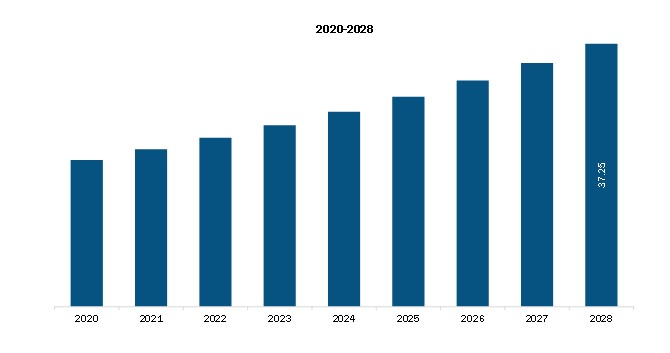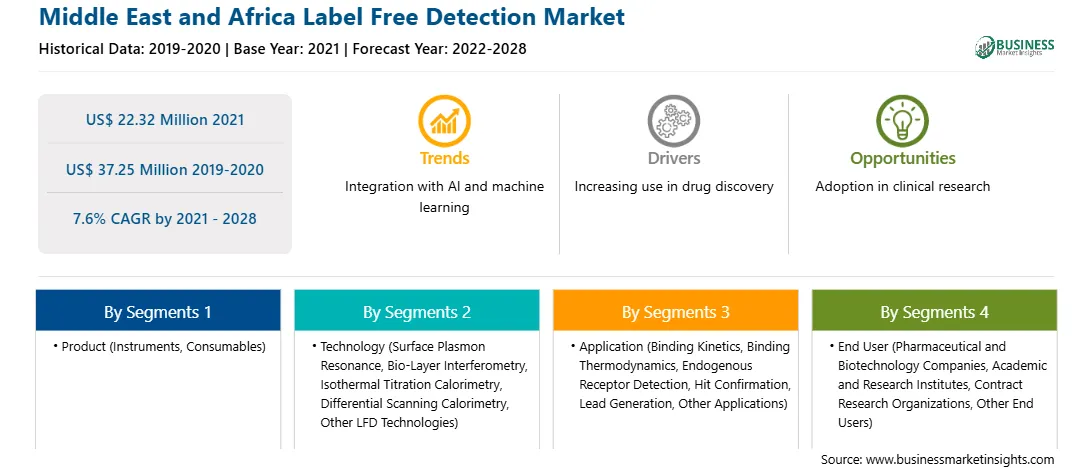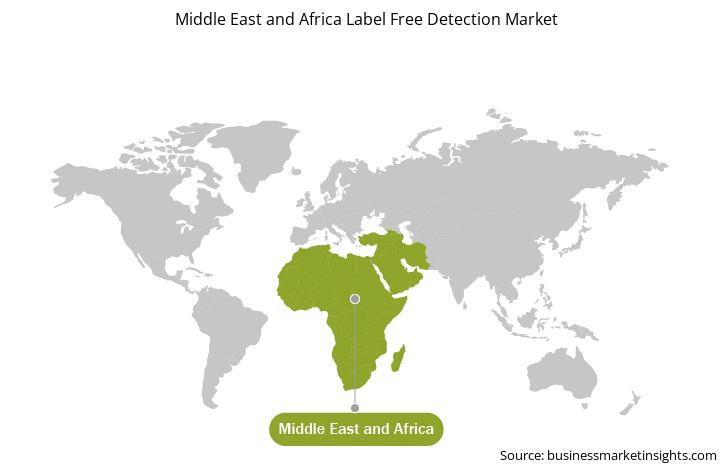The market growth in this region is attributed to the growing number of drug discovery programs through academic–industrial partnerships and the growing practice of pharmaceutical outsourcing. However, the lack of skilled professionals restrains the market growth.
Direct partnerships of pharmaceutical and biotechnology companies with academic centers are becoming prevalent. For academic and pharmaceutical researchers, the benefits of these partnerships are evident. Financial support from pharmaceutical companies provides steady funding and increases the probability of impactful work. These collaborations may begin with funding for academic research for promising candidates. The strategy helps pharmaceutical companies fill gaps in their portfolios at lower costs and risks. The growing number of such drug discovery programs through academic–industrial partnerships propels the growth of the label free detection market.
The practice of outsourcing biotechnology and pharmaceutical services is becoming more popular due to the effects of the COVID-19 pandemic, and the rise in drug development costs and R&D investments. Pharmaceutical companies are increasingly outsourcing research activities to academic and private contract research organizations (CROs) to stay competitive and flexible in the world of exponentially growing knowledge, increasingly sophisticated technologies, and an unstable financial environment.
Therefore, a rise in pharmaceutical outsourcing fuels the growth of the label free detection market in the Middle East and Africa.
Middle East and Africa Label Free Detection Market
Revenue and Forecast to 2028 (US$ Mn)

MIDDLE EAST AND AFRICA LABEL FREE DETECTION MARKET SEGMENTATION
The Middle East and Africa label free detection market based on the product is segmented into instruments and consumables. Based on technology, the Middle East and Africa label free detection market is segmented into surface plasmon resonance, bio-layer interferometry, isothermal titration calorimetry, differential scanning calorimetry, and other LFD technologies. The Middle East and Africa label free detection market, based on application is segmented into binding kinetics, binding thermodynamics, endogenous receptor detection, hit confirmation, lead generation, and other applications. The Middle East and Africa label free detection market, based on end user is segmented into pharmaceutical and biotechnology companies, academic and research institutes, contract research organizations and other end users. Geographically, the Middle East and Africa label free detection market can be divided into UAE, Saudi Arabia, South Africa and Rest of Middle East and Africa.
General Electric, Perkin Elmer, Inc., AMETEK Inc., F. HOFFMANN-LA ROCHE LTD., Spectris, Agilent Technologies, Inc., Sartorius AG, and Corning Incorporated are among the leading companies operating in the Middle East and Africa label free detection market.
Strategic insights for the Middle East and Africa Label Free Detection provides data-driven analysis of the industry landscape, including current trends, key players, and regional nuances. These insights offer actionable recommendations, enabling readers to differentiate themselves from competitors by identifying untapped segments or developing unique value propositions. Leveraging data analytics, these insights help industry players anticipate the market shifts, whether investors, manufacturers, or other stakeholders. A future-oriented perspective is essential, helping stakeholders anticipate market shifts and position themselves for long-term success in this dynamic region. Ultimately, effective strategic insights empower readers to make informed decisions that drive profitability and achieve their business objectives within the market.

| Report Attribute | Details |
|---|---|
| Market size in 2021 | US$ 22.32 Million |
| Market Size by 2028 | US$ 37.25 Million |
| CAGR (2021 - 2028) | 7.6% |
| Historical Data | 2019-2020 |
| Forecast period | 2022-2028 |
| Segments Covered |
By Product
|
| Regions and Countries Covered | Middle East and Africa
|
| Market leaders and key company profiles |
|
The geographic scope of the Middle East and Africa Label Free Detection refers to the specific areas in which a business operates and competes. Understanding local distinctions, such as diverse consumer preferences (e.g., demand for specific plug types or battery backup durations), varying economic conditions, and regulatory environments, is crucial for tailoring strategies to specific markets. Businesses can expand their reach by identifying underserved areas or adapting their offerings to meet local demands. A clear market focus allows for more effective resource allocation, targeted marketing campaigns, and better positioning against local competitors, ultimately driving growth in those targeted areas.

The Middle East and Africa Label Free Detection Market is valued at US$ 22.32 Million in 2021, it is projected to reach US$ 37.25 Million by 2028.
As per our report Middle East and Africa Label Free Detection Market, the market size is valued at US$ 22.32 Million in 2021, projecting it to reach US$ 37.25 Million by 2028. This translates to a CAGR of approximately 7.6% during the forecast period.
The Middle East and Africa Label Free Detection Market report typically cover these key segments-
The historic period, base year, and forecast period can vary slightly depending on the specific market research report. However, for the Middle East and Africa Label Free Detection Market report:
The Middle East and Africa Label Free Detection Market is populated by several key players, each contributing to its growth and innovation. Some of the major players include:
The Middle East and Africa Label Free Detection Market report is valuable for diverse stakeholders, including:
Essentially, anyone involved in or considering involvement in the Middle East and Africa Label Free Detection Market value chain can benefit from the information contained in a comprehensive market report.